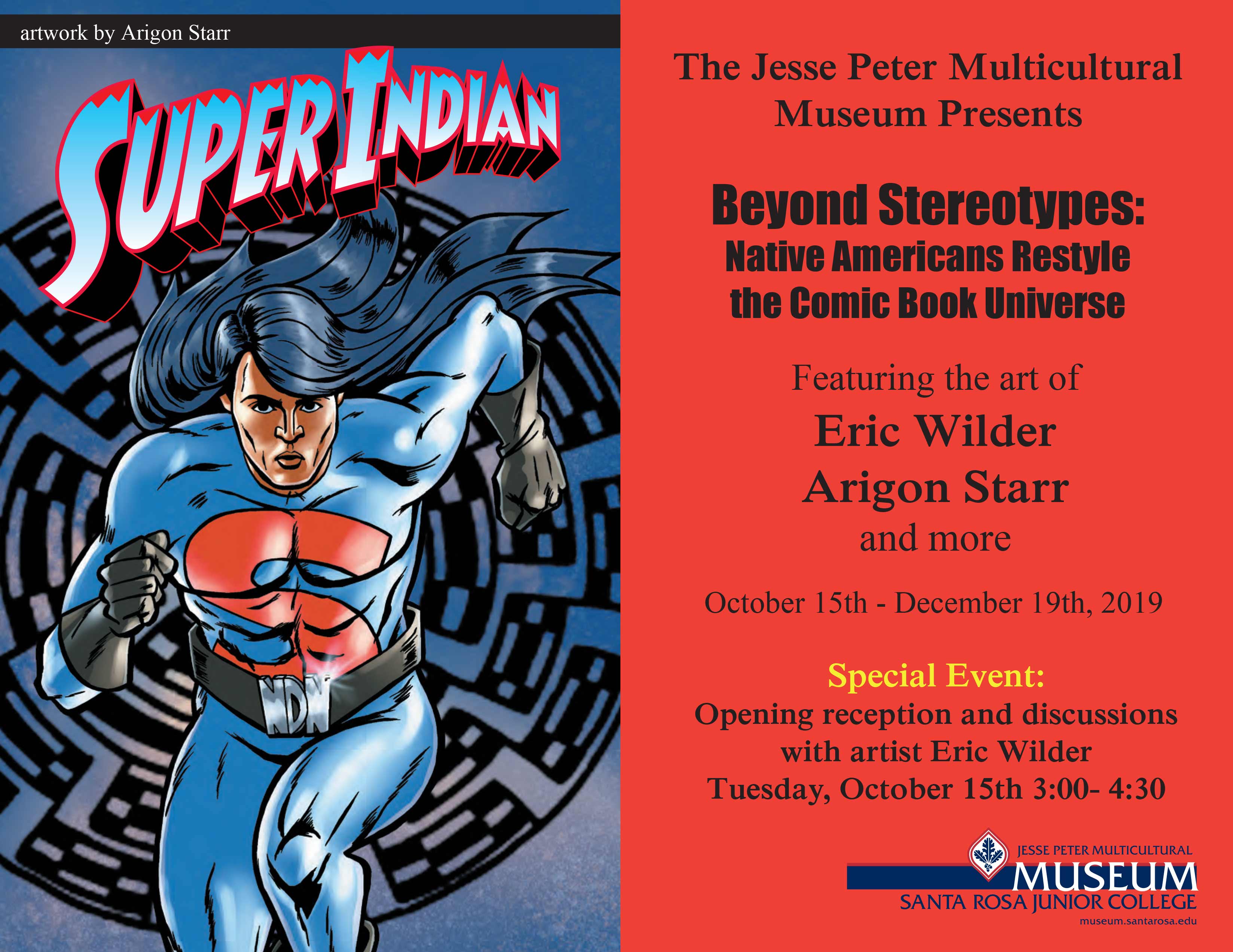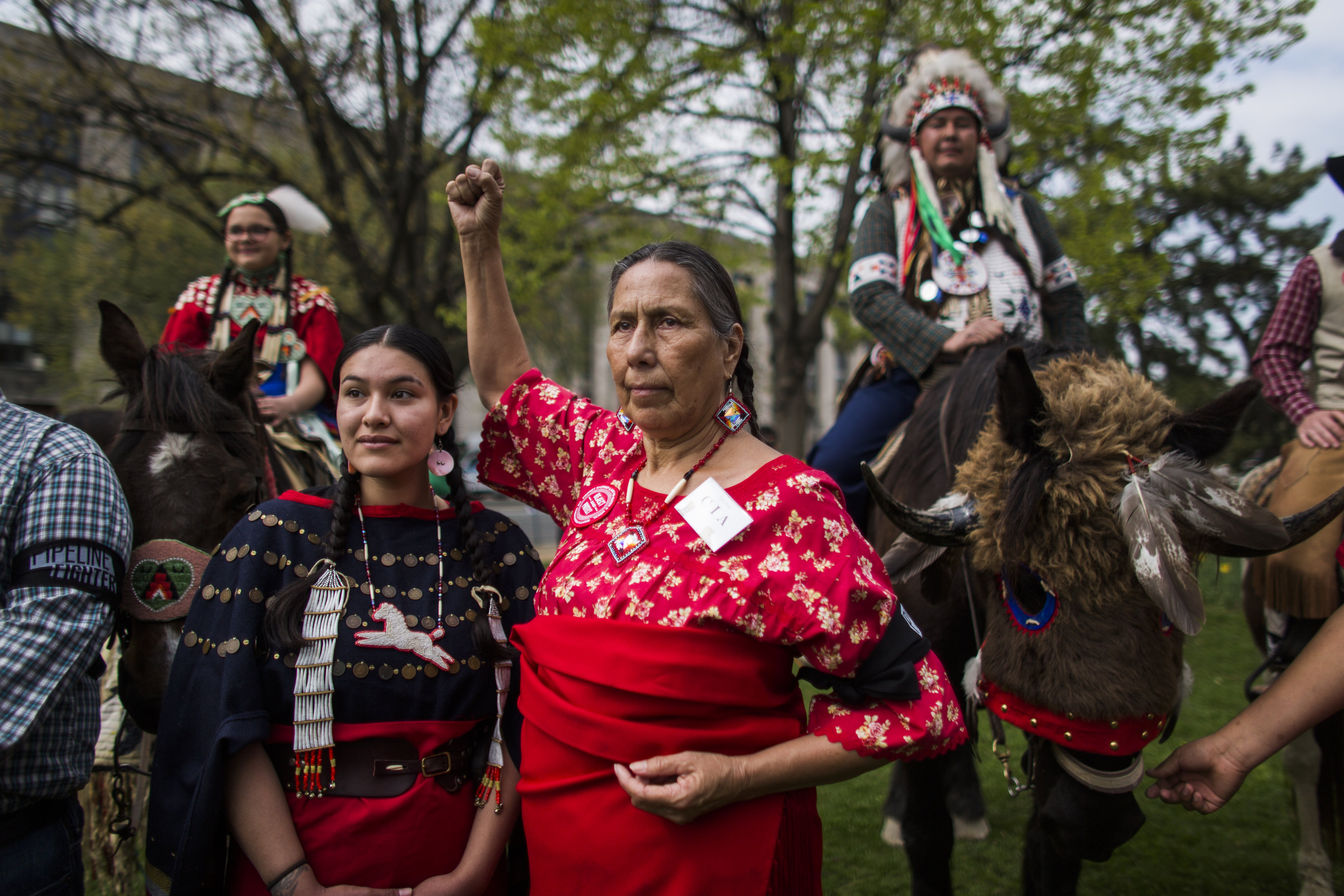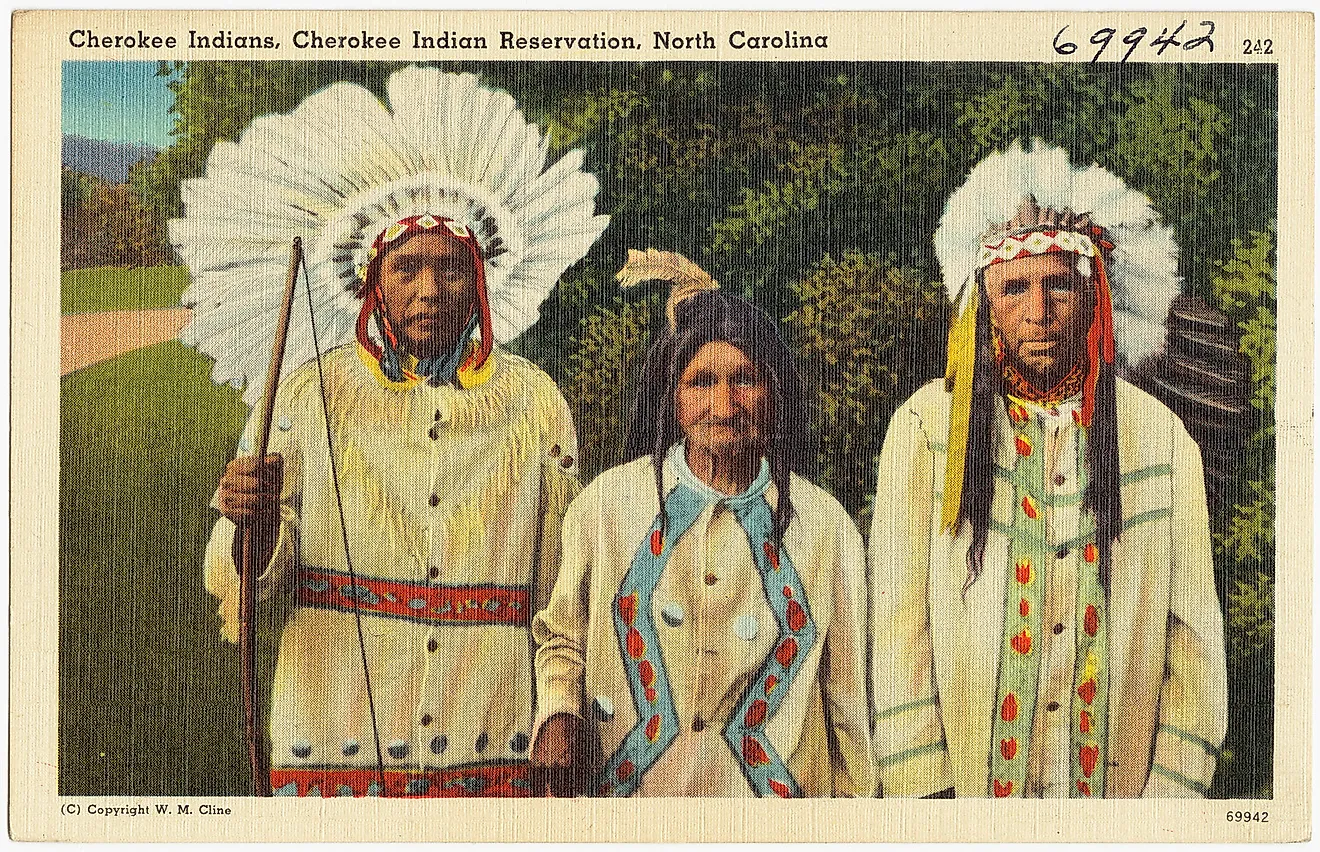Beyond Stereotypes: A Look at Native Americans in America Today
Beyond Stereotypes: A Look at Native Americans in America Today

The image of Native Americans in the American consciousness is often stuck in the past, a romanticized or even stereotyped portrayal of a people who have long since vanished. This couldn’t be further from the truth. Today, Native Americans are a vibrant, diverse, and resilient community thriving across the country, working to reclaim their history, culture, and future. This article delves into the realities of Native American life in America today, exploring their struggles, triumphs, and ongoing fight for recognition and justice.
A Complex History: From Erasure to Resilience
Related Articles: Beyond Stereotypes: A Look at Native Americans in America Today
- The Mystery Of Blue Eyes In Native Americans: Genetics, History, And Cultural Significance
- The Enigma Of Blue Eyes In India: A Journey Through Genetics, History, And Culture
- The Allure Of Blue Eyes In India: A Journey Through Genetics, Culture, And Perception
- The Richest Tribe In Zambia: Unpacking The Complexities Of Wealth And Heritage
- Unraveling The Truth: Megan Fox And Her Native American Heritage
The history of Native Americans in the United States is one of both immense loss and remarkable resilience. The arrival of European colonizers in the 15th century marked the beginning of a brutal chapter in Native American history. Displacement, forced assimilation, and systematic oppression through policies like the Indian Removal Act and the Dawes Act led to the decimation of Native populations and the erosion of their traditional cultures.
Despite the horrors they endured, Native Americans never surrendered their spirit. They fought for their land and rights, preserving their traditions and languages, and adapting to the changing world around them. The struggle for recognition and self-determination continues to this day.
Beyond the Stereotypes: A Diverse and Dynamic Community
The term "Native American" encompasses a vast array of diverse cultures, languages, and traditions. Over 574 federally recognized tribes exist in the United States, each with its unique history, customs, and beliefs. From the Navajo Nation in the Southwest to the Cherokee Nation in the Southeast, Native Americans are a diverse and dynamic community.
Challenges and Triumphs: Navigating Modern America
Native Americans face numerous challenges in contemporary America. The legacy of historical trauma and systemic oppression continues to impact their lives in various ways. High rates of poverty, unemployment, and substance abuse plague many Native communities. Access to healthcare, education, and housing remains inadequate for many.
However, Native Americans are not simply victims of circumstance. They are actively working to overcome these challenges and build a better future for their communities. Tribal governments are enacting policies to address social and economic issues, promoting economic development, and fostering cultural revitalization.
Cultural Revitalization: Reclaiming Heritage and Identity

One of the most powerful movements within Native communities is the ongoing effort to reclaim and revitalize their cultures. This includes the revival of traditional languages, ceremonies, and arts. Native artists are using their talents to challenge stereotypes and share their perspectives on the world.
From the vibrant beadwork of the Lakota to the intricate pottery of the Pueblo peoples, Native art is a testament to their rich cultural heritage and a powerful tool for self-expression and cultural preservation.
Economic Development: Building a Sustainable Future
Native American tribes are increasingly taking control of their economic destinies. They are developing businesses, promoting tourism, and investing in renewable energy projects. This economic development is crucial for improving living standards and creating opportunities for future generations.
Education: Empowering Future Leaders

Education is another critical area of focus for Native Americans. They are working to improve access to quality education and promote cultural awareness in schools. Native American students are achieving success in all fields, from science and technology to the arts and humanities.
Self-Determination: Fighting for Sovereignty
The fight for self-determination remains a central theme in Native American activism. They are advocating for greater tribal sovereignty and control over their lands, resources, and governance. This includes the right to self-government, the protection of treaty rights, and the recognition of tribal courts.
The Importance of Recognition and Respect
Recognizing and respecting Native American rights and cultures is crucial for building a more just and equitable society. This means understanding their history, acknowledging their ongoing struggles, and supporting their efforts to achieve self-determination.

Moving Forward: A Path of Reconciliation and Hope
The future of Native Americans in America is filled with both challenges and opportunities. The path forward requires a commitment to reconciliation, justice, and respect. By listening to their voices, supporting their initiatives, and working together to address the issues they face, we can create a more equitable and inclusive society for all.
FAQ about Native Americans Today in America
1. How many Native Americans are there in the United States?
According to the 2020 U.S. Census, there are approximately 5.7 million people who identify as Native American or Alaska Native.
2. What are the most common Native American tribes in the US?
There are over 574 federally recognized tribes in the United States. Some of the most populous tribes include the Cherokee Nation, Navajo Nation, Choctaw Nation, and Chickasaw Nation.
3. What are some of the challenges faced by Native Americans today?
Native Americans continue to face challenges stemming from historical trauma and systemic oppression, including high rates of poverty, unemployment, and substance abuse. Access to healthcare, education, and housing remains inadequate for many.
4. How are Native Americans working to improve their lives?
Native Americans are actively working to overcome challenges through cultural revitalization, economic development, educational initiatives, and advocacy for self-determination.
5. What can non-Native Americans do to support Native communities?
Supporting Native communities can involve educating yourself about their history and culture, respecting their rights and sovereignty, and supporting Native-owned businesses and organizations. You can also advocate for policies that promote Native American self-determination and justice.
6. What are some resources for learning more about Native American culture and history?
There are numerous resources available online and in libraries. The National Museum of the American Indian, the Smithsonian National Museum of Natural History, and the website of the National Congress of American Indians are great starting points.
7. How can I get involved in supporting Native American causes?
You can get involved by volunteering with organizations that support Native communities, donating to Native-led charities, and advocating for policies that promote Native American rights. You can also support Native-owned businesses and artists.
The journey of Native Americans in America is a testament to their resilience, strength, and unwavering spirit. As we move forward, let us strive to build a future where their voices are heard, their rights are respected, and their vibrant cultures continue to thrive.

Closure
Thus, we hope this article has provided valuable insights into Beyond Stereotypes: A Look at Native Americans in America Today. We hope you find this article informative and beneficial. See you in our next article!


